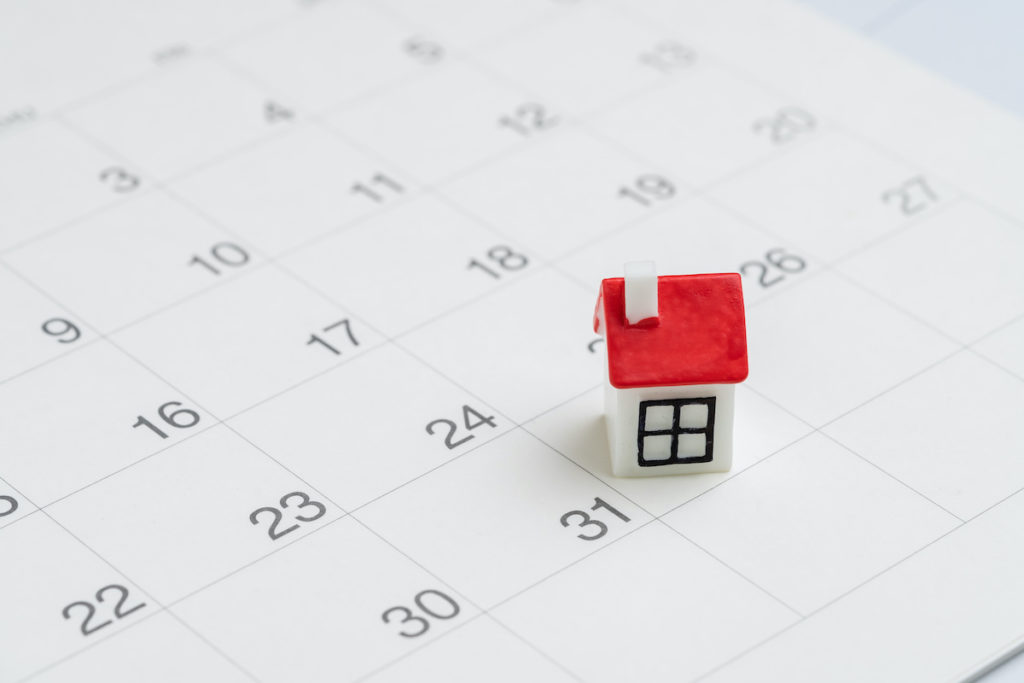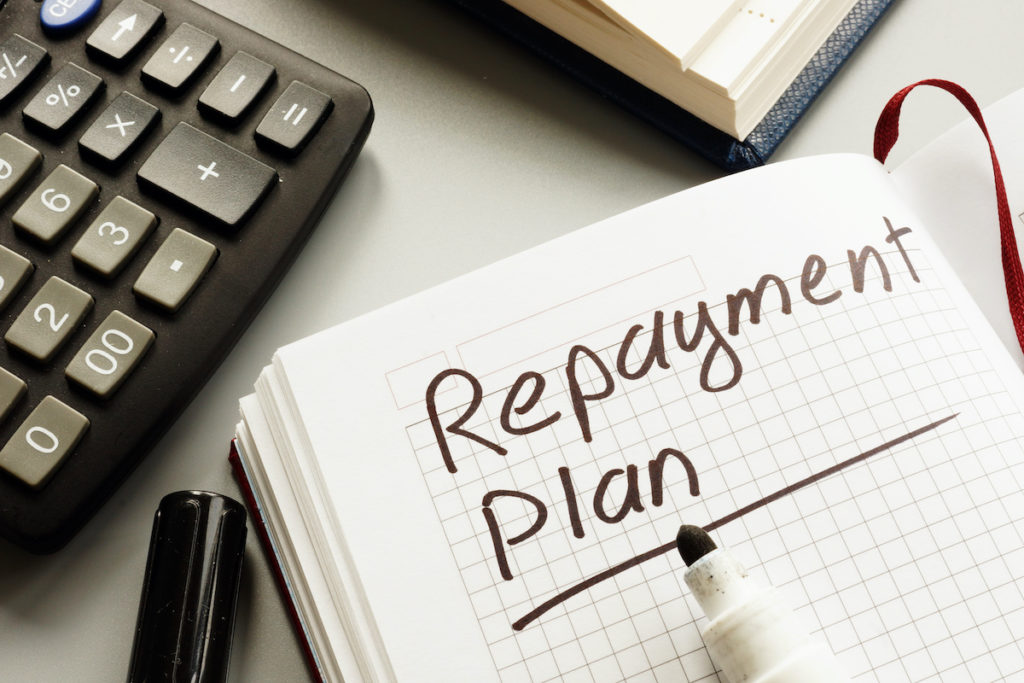Key takeaways
- Mortgage forbearance or deferral can be a crucial lifeline for homeowners who are falling behind on their mortgage.
- If you do go with one of these options, there are a few key steps you’ll need to take to ensure the process goes smoothly.
- Have more questions about mortgages? Contact the Ida Terbet Group or check out our other posts for more information!
Here’s How to Navigate the Forbearance or Deferment Process
If you’re falling behind on your mortgage due to COVID-19-related hardships, it’s still possible to avoid foreclosure. Many homeowners have turned to loan forbearance or deferment to put off their payments, but these options involve more than just freezing your mortgage.
Today, we’re giving you an overview of what to expect during and after the forbearance period. Have specific questions about the process? Check out our past posts to learn even more!
What to do when the period begins

Once you’ve been approved by your lender for a forbearance or deferral, you’ll want to take a few steps to ensure the process goes smoothly. First, turn off any automatic payments you have set up for your mortgage before the period starts. Although you won’t be making any payments, it’s a good idea to monitor your statements to make sure there aren’t any errors.
If your utility or insurance payments are lumped with your mortgage, you may also want to contact your loan servicer to make sure these bills are still being paid by your escrow account (if you have one). Even if you don’t have an escrow account, you’ll still be responsible for paying these fees on-time.
If you received mortgage relief from the CARES Act, it cannot negatively impact your credit. However, your lender may still report your forbearance or deferment to credit agencies. If you were otherwise current on your loan and see your credit score drop due to a deferral, you can dispute it. You may also want to request periodic credit reports during the forbearance period—they’re available for free between now and April 2021.
What happens if you need more time?

In many cases, you may need to extend your forbearance period if you’re not ready to resume your payments. If you have a federally (VA, FHA, USDA, etc.) or GSE-backed (Fannie Mae, Freddie Mac, or Ginnie Mae) mortgage, you’re entitled to 360 days of forbearance. Extensions are not given automatically—you’ll need to reach out to your lender to make arrangements.
Private lenders all have different rules regarding extensions. If you need more time, contact your lender in advance to learn about which options are available to you. They may be willing to work with you and make modifications to suit your needs—but the longer the extension, the more you’ll have to pay off in the long run.
How will I repay my forbearance?

Once the forbearance period is over, you’ll need to start making up your payments. If you chose a deferral, your payments will be tacked on to the end of the term. Your lender may also offer a payment plan or let you pay everything off in a lump sum (also known as a reimbursement).
If you can no longer afford your regular loan payments, talk with your lender about a modification. This is a more permanent solution that can help prevent foreclosure. Potential modifications include reduced monthly payments, a longer term, or a lower interest rate.
Want to Learn More About Mortgages?
Requesting forbearance or a deferral can seem overwhelming if you don’t know where to start. That’s why we’re here to help! Contact the Ida Terbet Group today to get started, or read our other posts for even more information.
Need to buy or sell your home in the Triangle? We can certainly help with that, too.
